Mexico has many wonderful places that almost everyone knows about – like Cancun, the Riviera Maya and Puerto Vallarta. Yet, there are also dozens upon dozens of “hidden gems” and “best kept secrets” that if you were to visit, you would swear that some mistake had been made in the international travel agencies.
Morelia, the beautiful colonial city, and the state of Michoacan of which it is the capital in central Mexico, are two examples that we’ve written about before. But to give you a glimpse of how people react to their first vist, I just found this great blog post called “The Best Place You Have Never Heard Of;” this place is – you guessed it – Michoacan.
He starts of:
“I don’t know why the state of Michoacan in Mexico isn’t more popular – well yeah, I guess I do know. American’s get 5 vacation days a year and want to spend them blitzed on a beach, while the Euros are busy dancing to terrible electronic music mixed by some greasy hipster wearing skinny jeans in Ibiza, but regardless – the Michoacan is way underrated. And by underrated, I mean it isn’t rated at all.”
Now, if that rings a bell with you already, you can guess that Morelia and Michoacan are probably your kind of place. He then continues:
“The Michoacan state really has it all, from untapped colonials cities to ancient P’urhépechan Ruins (kind of like the Aztecas) resting on hilltops revealing panoramic views of lakes. Most of the Monarch Butterflies migrate to the reserves throughout the state because it is obviously the perfect place to make love for days on end. And when the hunger sets in from that marathon, Michocan’s city of Uruapan happens to be the capital of California’s most ubiquitous beloved vegetable – the Avocado. Lastly, and most notably, the Michoacan is missing the tourist attraction I hate the most: other white tourists. I spent over 10 days in the state and didn’t see a single other white person, which for me, is like a warm bubble bath while listening to Kenny G- because traveling these days requires wading through a swath of tourist-villes. But there is plenty of love to go around in the state of Michoacan – not only from the butterfly mating but all of these happenings are spread across mountains, beaches, lakes, and most importantly, areas that harvest Mezcal”
So, you can tell that Turner (the writer) isn’t a big fan of finding other tourists! I certainly have nothing against being with other tourists, and I love talking to and learning the stories of my fellow expats, the point is this; Michoacan is off the radar, despite being a very beautiful and interesting part of Mexico.
Read the entire honest and entertaining account here.
-by Thomas Lloyd



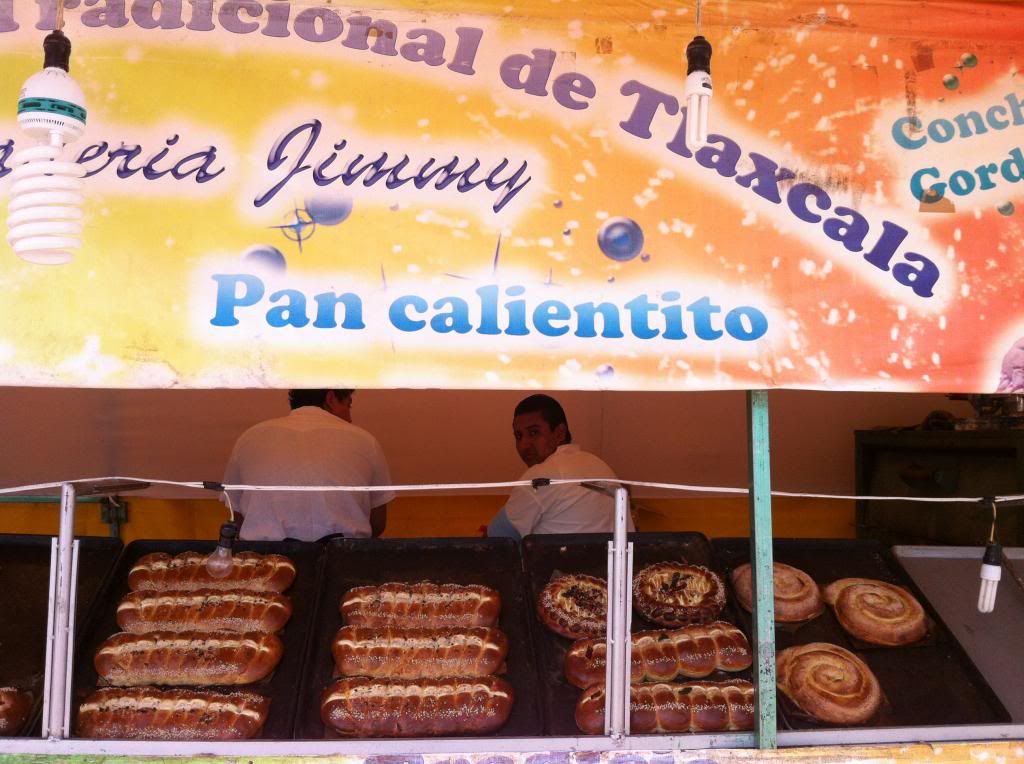
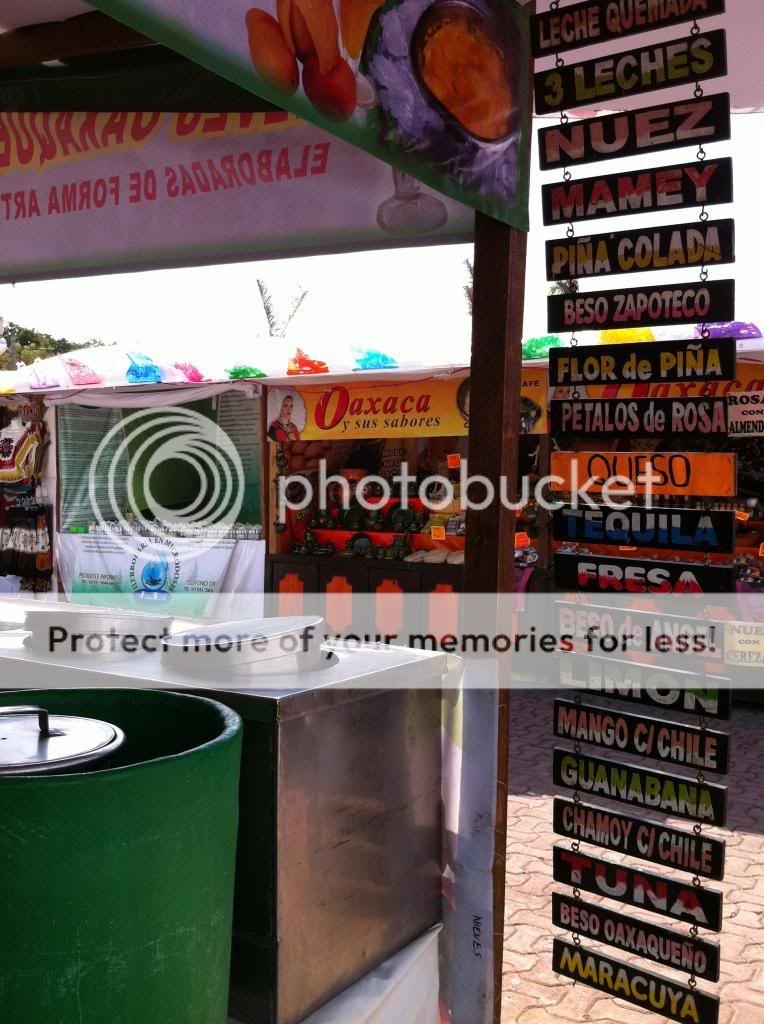

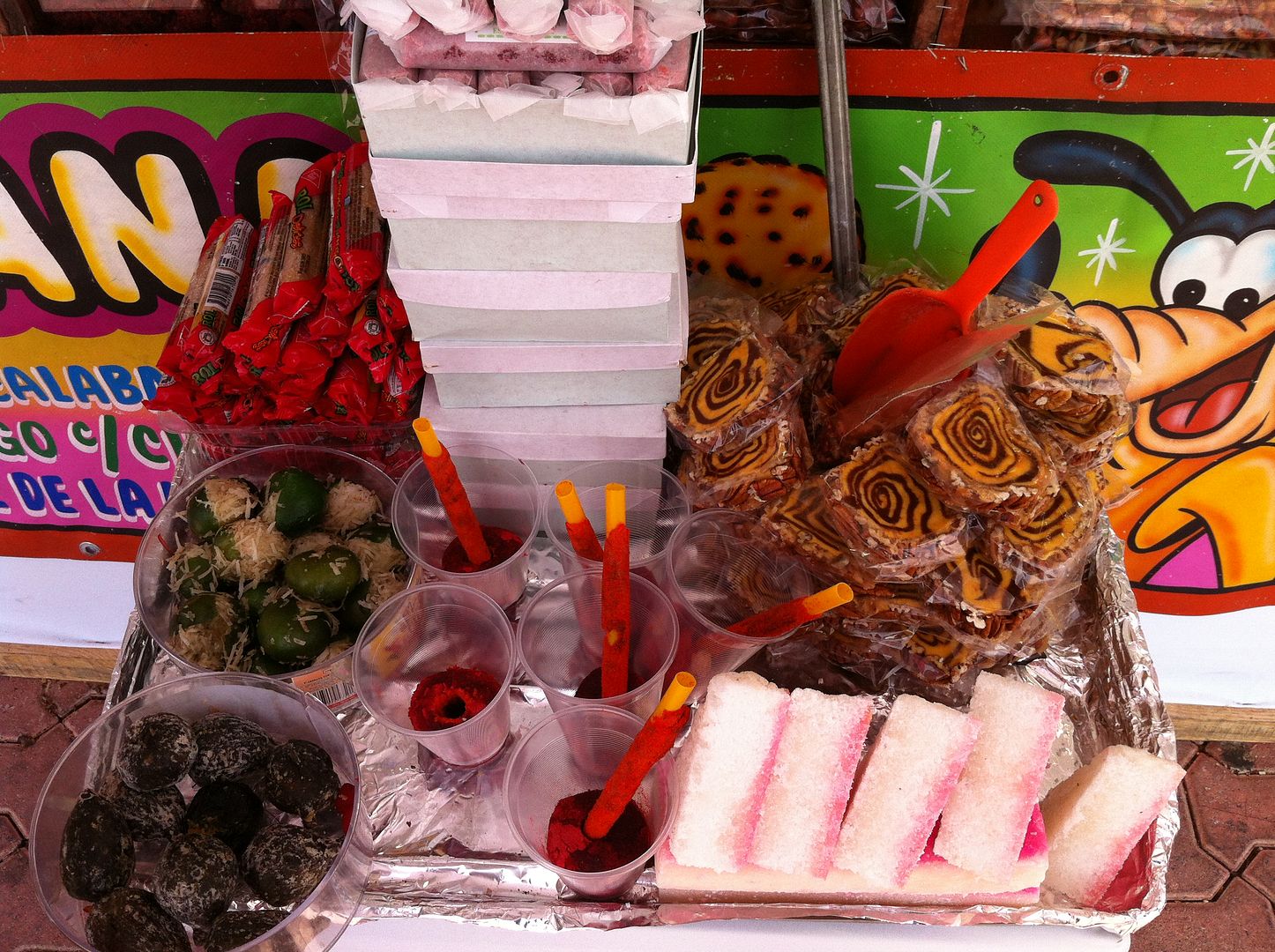
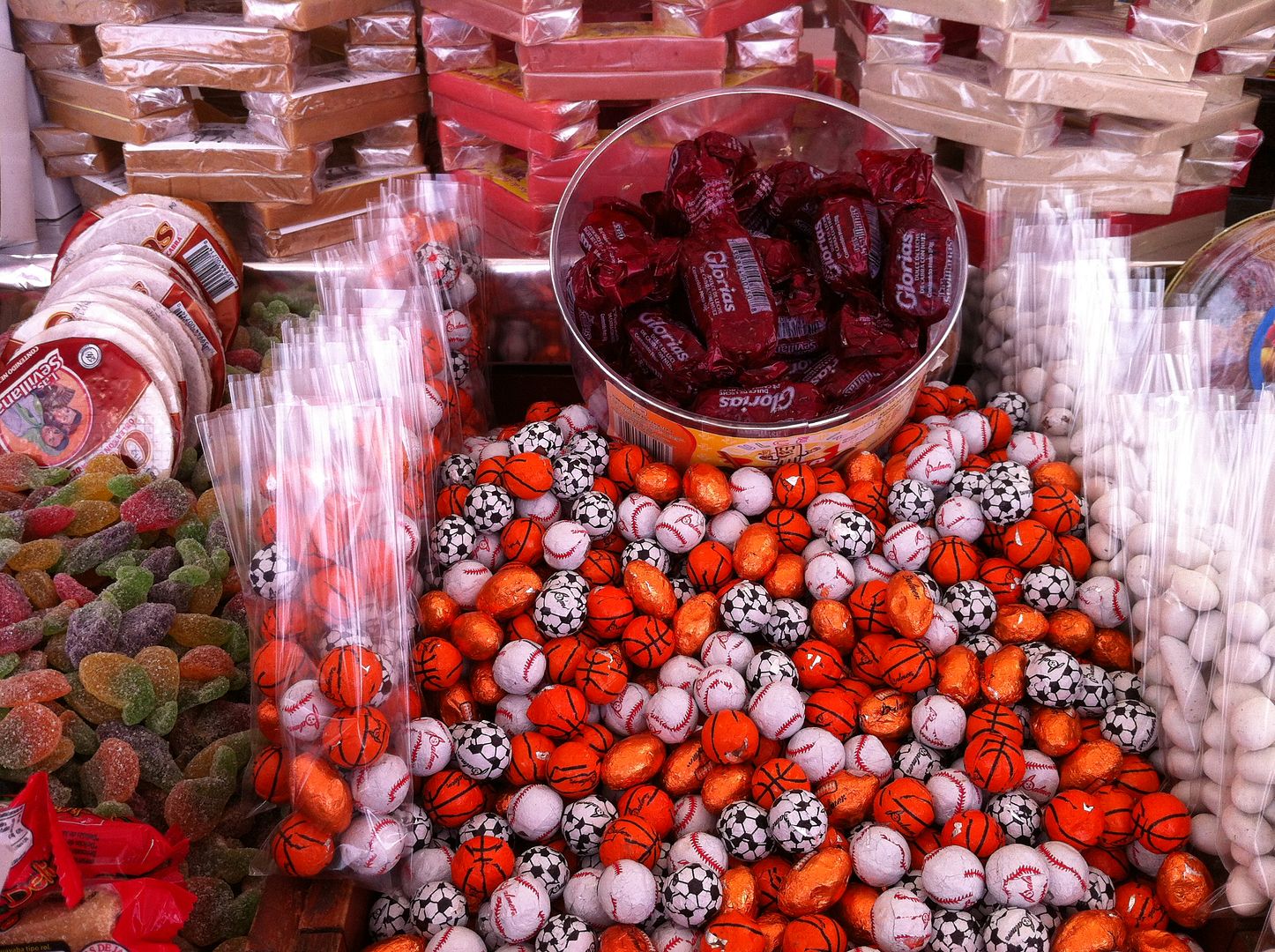
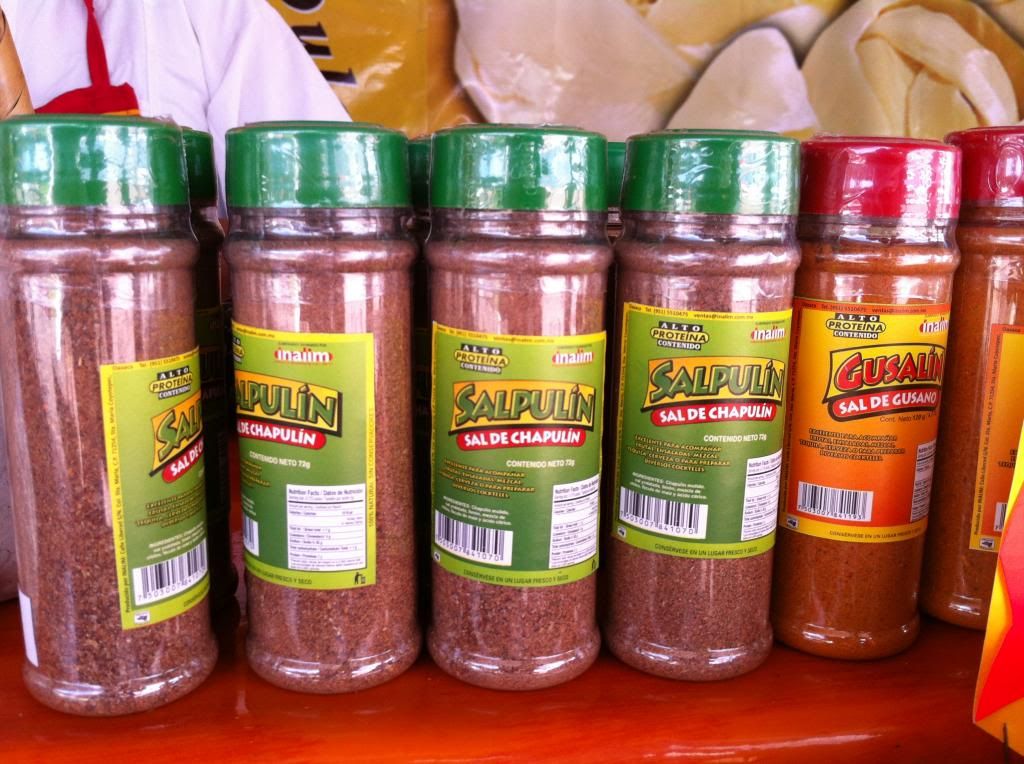



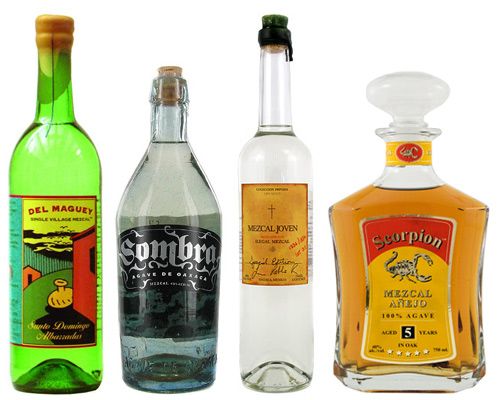 When the Spaniards arrived in Mexico, they discovered fermented drinks the Aztecs and other indigenous people drank, notably “pulque,” a thick, sourish drink made from the agave cactus plant.
When the Spaniards arrived in Mexico, they discovered fermented drinks the Aztecs and other indigenous people drank, notably “pulque,” a thick, sourish drink made from the agave cactus plant.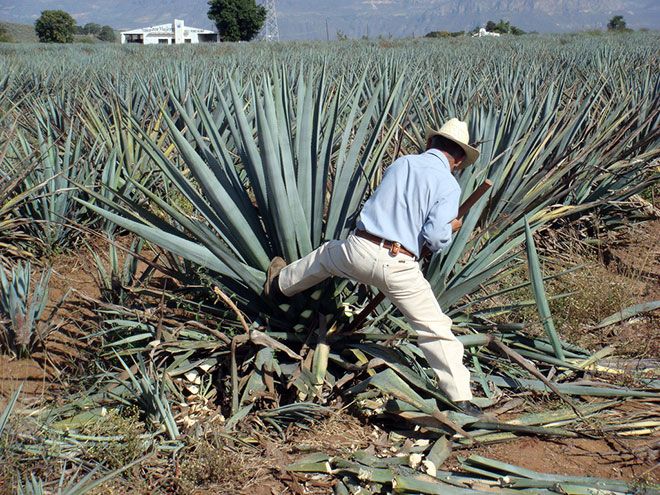 Over the next few centuries, an important region emerged in the production of mezcal, made from the blue agave instead of the maguey, with a cleaner, easier flavor. This newer, distinct form of mezcal was given the name of the valley in the state of Jalisco where it was invented and is still is primarily produced to this day: “tequila.” (Jalisco is the state where Guadalajara and Puerto Vallarta are located.)
Over the next few centuries, an important region emerged in the production of mezcal, made from the blue agave instead of the maguey, with a cleaner, easier flavor. This newer, distinct form of mezcal was given the name of the valley in the state of Jalisco where it was invented and is still is primarily produced to this day: “tequila.” (Jalisco is the state where Guadalajara and Puerto Vallarta are located.)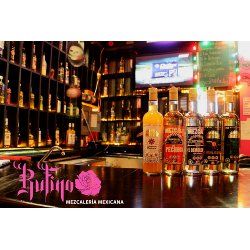 other forms of mezcal continue to be produced on a large scale. The most significant region for production of the older form of mezcal is Oaxaca.
other forms of mezcal continue to be produced on a large scale. The most significant region for production of the older form of mezcal is Oaxaca.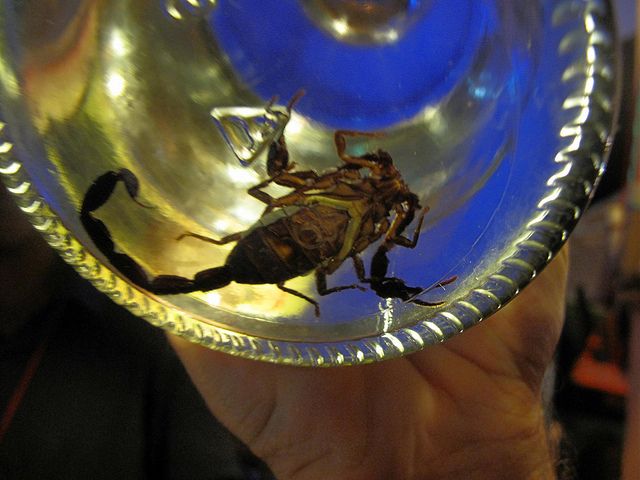 Typically, from what people have told me, those who enjoy whiskey will usually enjoy mezcal.
Typically, from what people have told me, those who enjoy whiskey will usually enjoy mezcal.